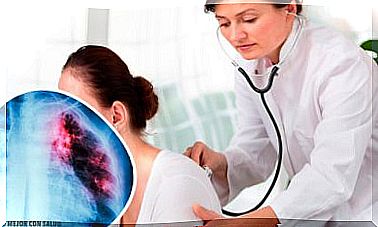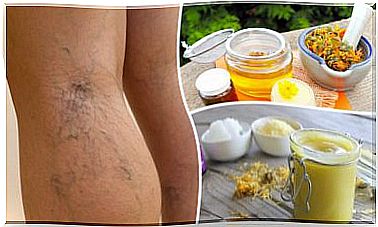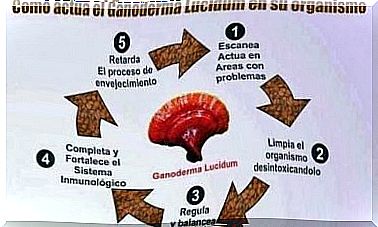First Aid For Poisons And Stings
When we speak of first aid we refer to the set of guidelines that must be carried out in an emergency. In this way, we can protect and calm the subject who has suffered a disorder or an accident. On the other hand, first aid is usually applied in the same place of the accident.
Likewise, these techniques can save the life of the patient while waiting for the corresponding emergency services. Once in a specialized facility (such as a hospital), more complicated medical procedures will be performed.
What is the first aid in case of a sting?
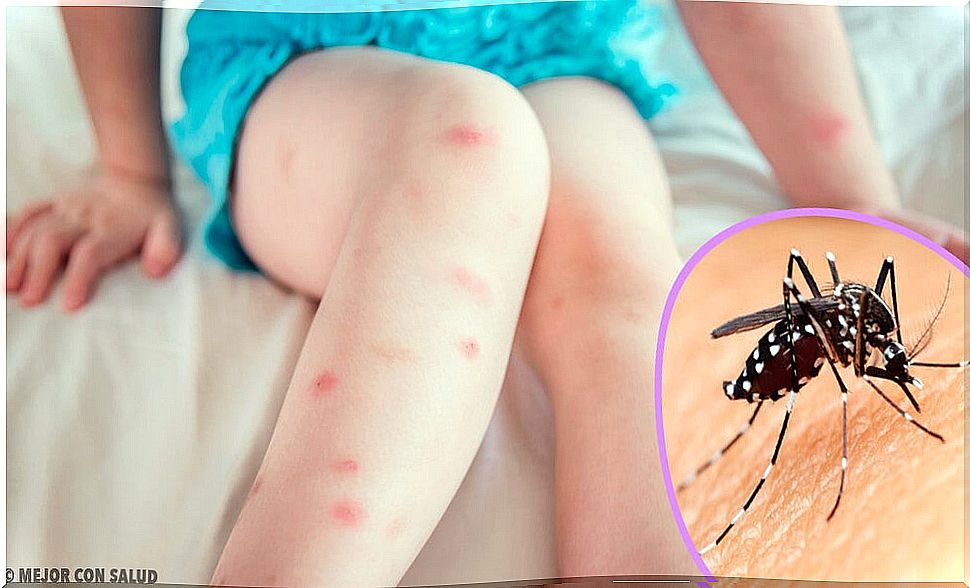
Stings are small wounds on the skin that are caused by the prick of a stinger. As a general rule, the stinger is a body region that contains venom. When entering another organism, the toxic substance travels towards it and an allergic reaction occurs.
However, not all bites have common properties. Depending on the characteristics of the subject and the poisonous living being, different symptoms or effects occur. Some severity criteria to take into account will be:
- The patient presents hypersensitivity or allergy to the introduced poison.
- The bites are produced by an unidentified or extremely poisonous living being.
- There are a lot of bites and they make normal ventilation difficult.
In the event of a sting by bees, wasps or ants:
- The most common symptoms are redness, blistering, itching, and discomfort. Allergy sufferers may experience general malaise, swelling, difficulty breathing, and may go into shock.
- First, we will reassure the person and we will have to extract the stinger in case of a bee sting. To do this, the surface should be scraped with a plastic card or a sharp-edged instrument. Cold compresses can be placed on the bites to reduce discomfort and swelling. If possible, the corresponding antiallergic should be administered.
If the patient has been stung by a scorpion:
- The most common signs are severe pain, swelling, cramps, necrosis, and finally shock.
- In this situation, we can only wash the wound and apply cold compresses to reduce swelling and discomfort until the specialists arrive.
On the other hand, if the patient has been bitten by a spider:
- You may feel severe pain in the wound area, nausea, vomiting, cramps in the nearby limbs, shortness of breath, unusual sweating, and abdominal stiffness. As in other emergency situations, the patient can go into shock if they do not receive the necessary medical attention.
- However, the only option to calm the subject is to wash the condition and place gauze or cold compresses on it. In this way, the feeling of discomfort while attending the emergency services will be reduced.
What is the first aid in case of a bite?
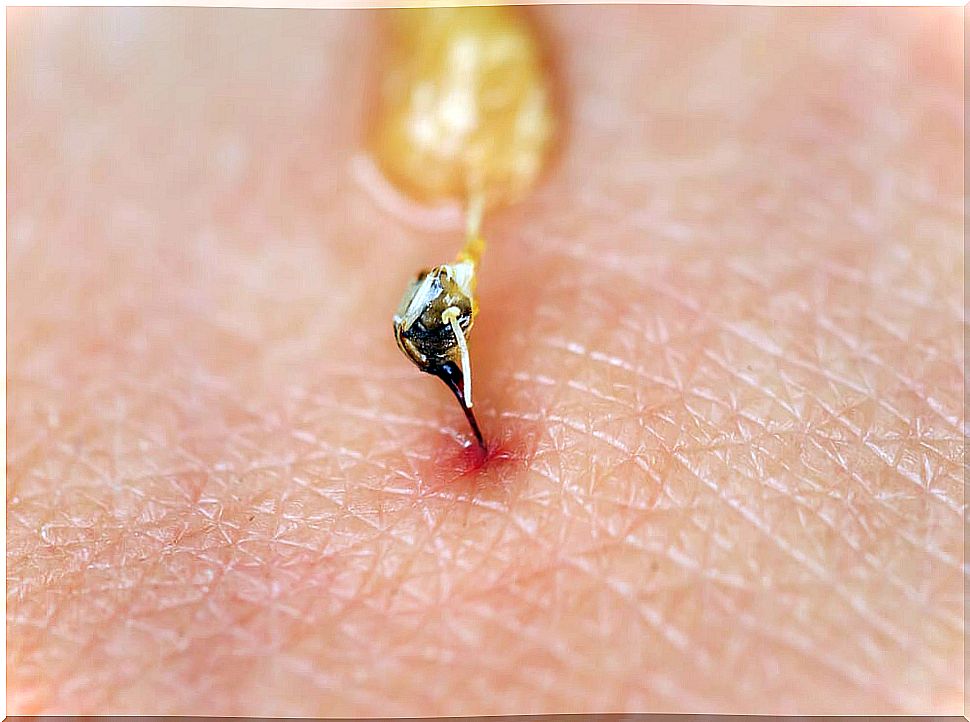
On the other hand, a bite is a wound produced by the teeth of an animal. Likewise, they must be supervised by the medical team because they have a high risk of infection. In the most severe cases, the patient is exposed to severe bleeding. During this section, we will refer exclusively to snake bites due to their toxicity:
- The effect of the bite varies depending on the characteristics of the snake, the duration of the envenomation, the qualities of the individual, etc.
- The problem snake species should be identified. In this way, the team of specialists will apply the most appropriate treatment for the patient.
The injured person will be placed out of danger and we will calm him down to slow down the rate of absorption of the poison. Next, the affected area will be cleared by removing clothing that may make treatment difficult. If possible, the area will be washed with soap and water without squeezing the wound.
If the emergency services cannot attend to the subject in less than half an hour, the suction equipment for poisonous animals should be used. Failing that, we will perform punctures around the condition with the help of a sterile needle. Later, we will suction the fluid that oozes from the punctures.
Finally, the problem area should be compressed with a tight bandage. However, we should not stop the circulation completely or release the bandage until the medical team arrives.
